Electricity is essential to modern RV life, and while there are clever ways to get the most out of solar panels, your system is only as good as the protection you provide. You may not think about it, but protecting your RV’s electrical system is vital to the health of all the appliances connected to it.
Unfortunately, electricity is somewhat of an unstable entity. Even though it’s been more than 140 years since Thomas Edison patented the light bulb, harnessing electricity still comes with a risk.
Surge protectors are critical for RVers because they minimize that risk. When you can’t be certain about the quality of an electrical connection at an RV park, surge protectors guard against electrical surges, low voltage, and a host of other potential issues.
Do I Need a Surge Protector for My RV?
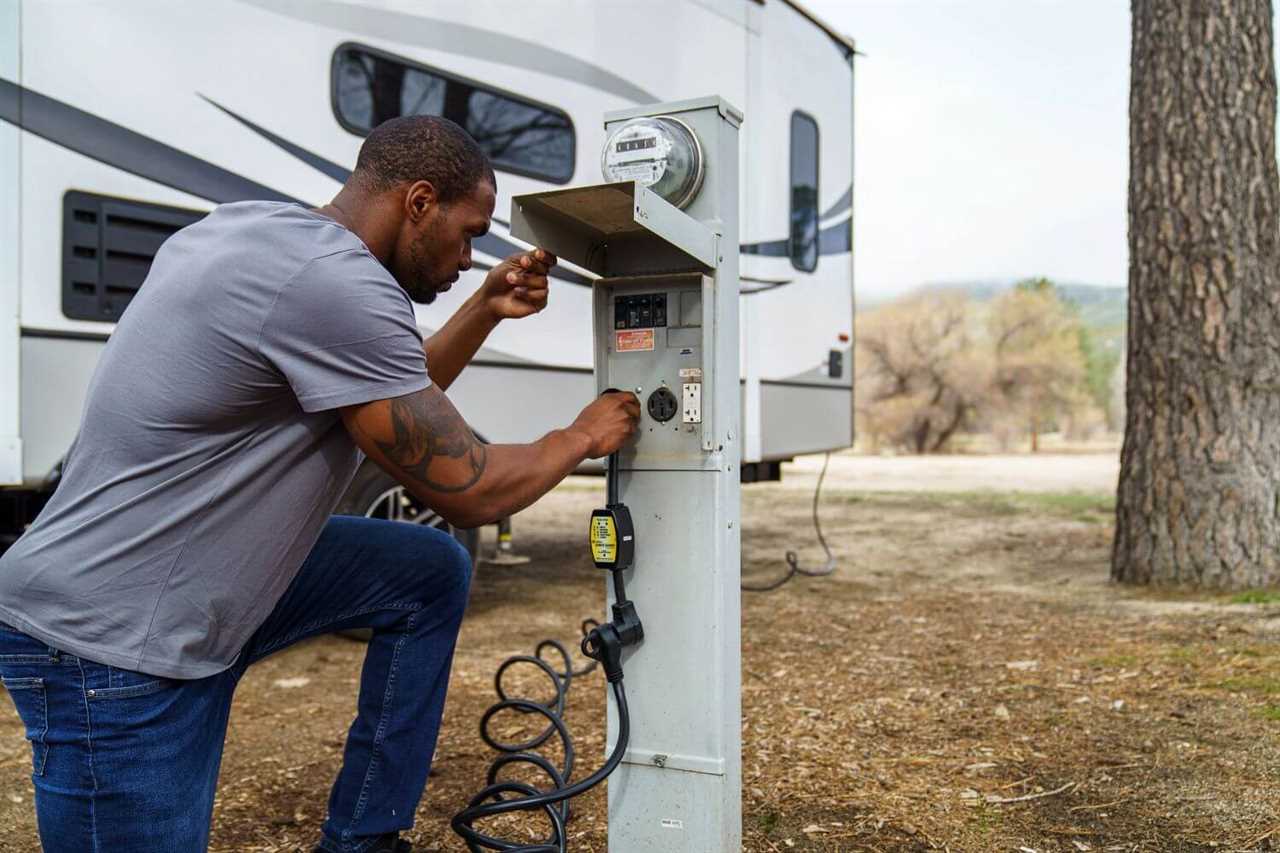
Photo by Camping World
The truth is that it’s possible to RV without a surge protector – possible but not recommended. Unless you want to get your volt meter out to test the quality of the electrical service every time you reach a new campground or RV park, surge protectors are the best way to protect your RV’s electrical system.
Here are some of the electrical issues surge protectors can help to avoid:
- Faulty wiring
- Elevated ground line current
- High/low voltage and frequency
- Open ground
- Open neutral
- Reverse polarity
- Accidental 240-volt connection
- Voltage spikes
You don’t have to know what all of these terms represent to protect your RV against them. A quality surge protector saves you the hassle of even worrying about an electrical problem by providing a critical line of protection between electrical stands and your RV’s power cord and electrical system.
Does My RV Have a Built-In Surge Protector?
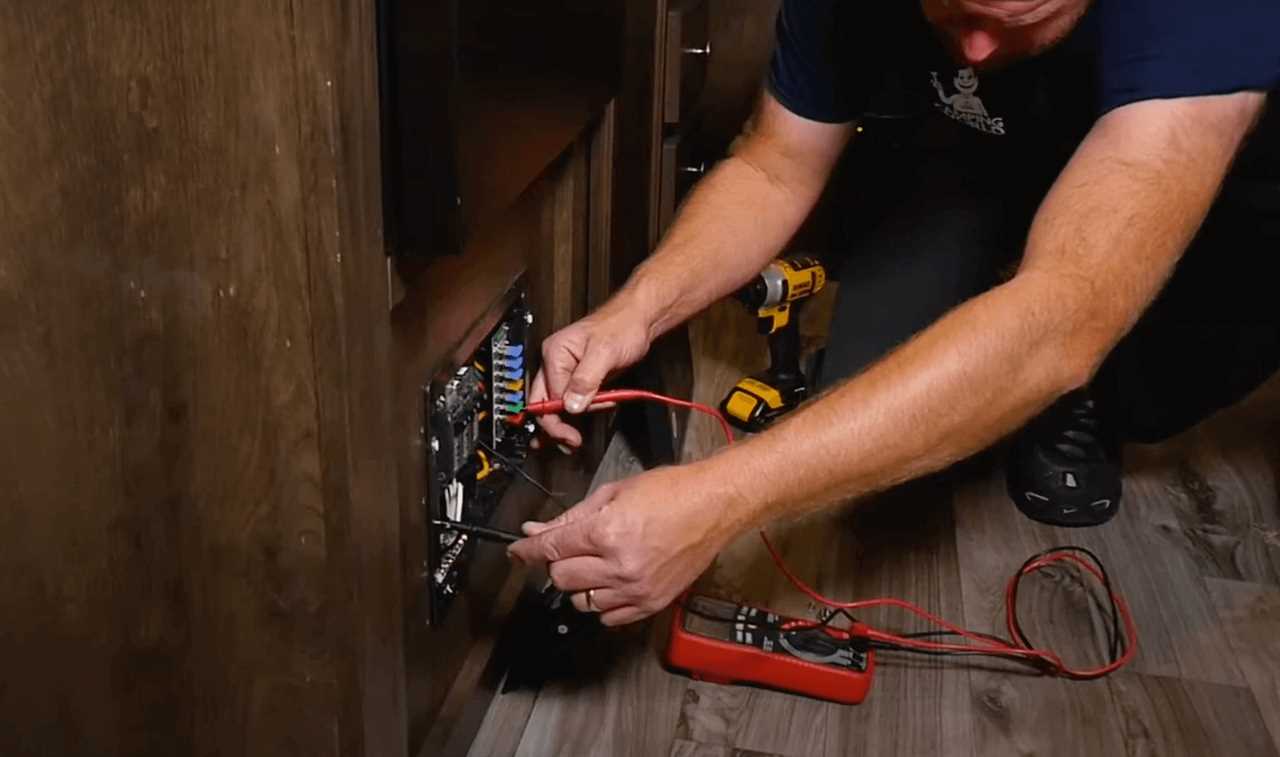
Photo by Camping World
Your RV’s onboard circuit breakers only protect against the unintentional overload of a circuit inside the RV using a component operating inside the RV. They will not protect against issues with the quality of the power coming into the coach. Only a surge protector can do this.
Portable RV surge protectors plug directly into the power pedestal at a campsite, providing the first line of defense against electrical issues. If a dirty power supply exists, your surge protector takes the brunt of the damage, saving your power extension cord and the electrical circuits inside your RV.
At the end of the day, replacing a fried surge protector is usually more affordable than re-wiring large sections of your RV’s electrical system. And for just a little more upfront cost, resettable surge protectors won’t have to be replaced after a protection event.
That said, installing a hardwired surge guard in your RV is possible. Hardwired units save you the hassle of installing the surge protector when you arrive at a new campsite. And while they make universal surge guard locks, hardwiring a surge protector into your RV reduces the chances of someone stealing this relatively expensive RV accessory.
For help hardwiring a surge protector into your RV, contact your nearest Camping World Service Center.
How to Choose an RV Surge Protector
Once you’re familiar with surge protectors’ vital role in RV camping, it’s time to find a portable surge protector that works for your RV.
Does Your RV Need 30 or 50-Amp Service?
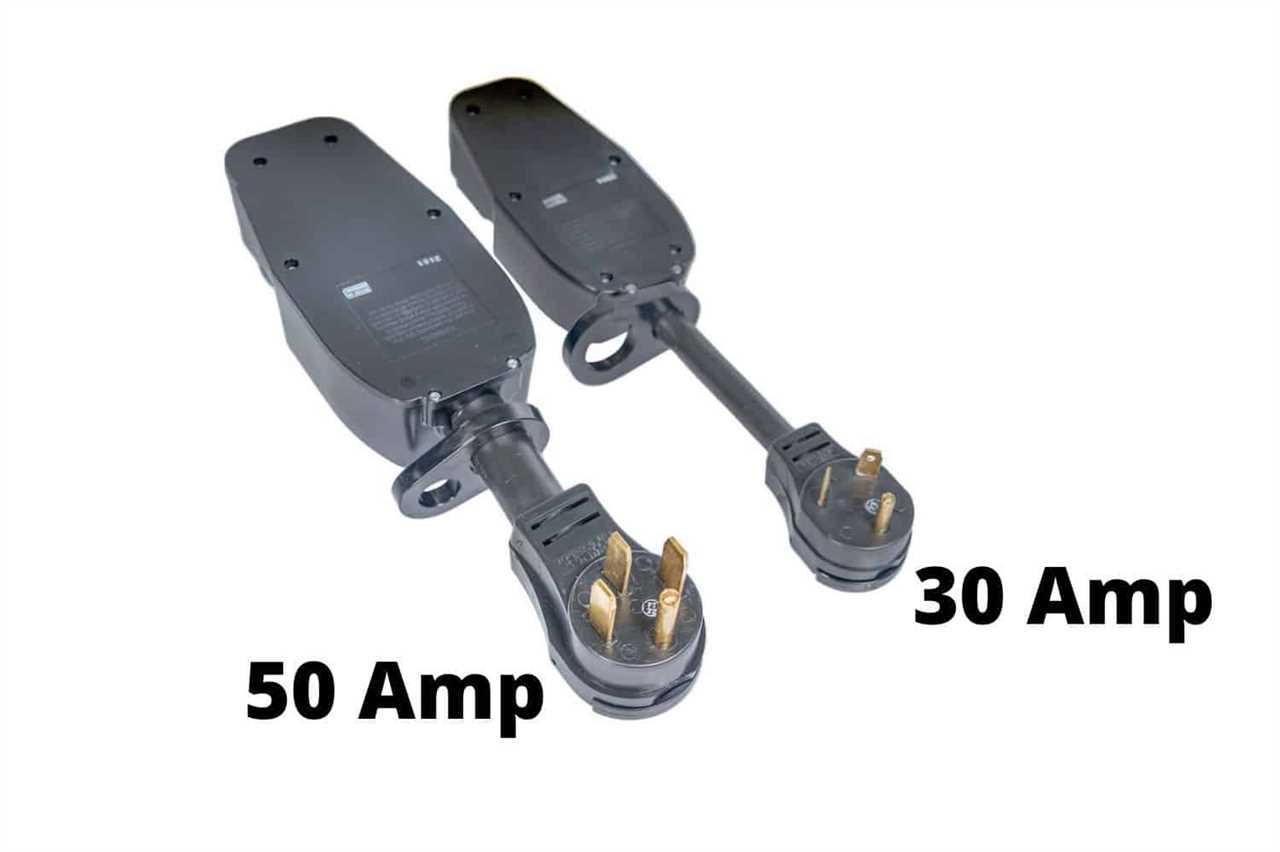
Photo by Camping World
Your first step is to find surge protectors that match the electrical service your RV is designed for. 30-amp surge protectors will have a three-pronged male plug on one end and a female receptacle on the other. 50-amp surge guards also have male and female ends, but the plug has four prongs.
Some surge protection devices will register a fault when using an electrical outlet adapter for plugging a 30 amp RV into a 120-volt receptacle (or powering a 50-amp RV using a 30-amp service).
But using a surge protector rated for the same electrical service your RV requires is the safest way to protect your RV from dirty power.
Weather Resistance
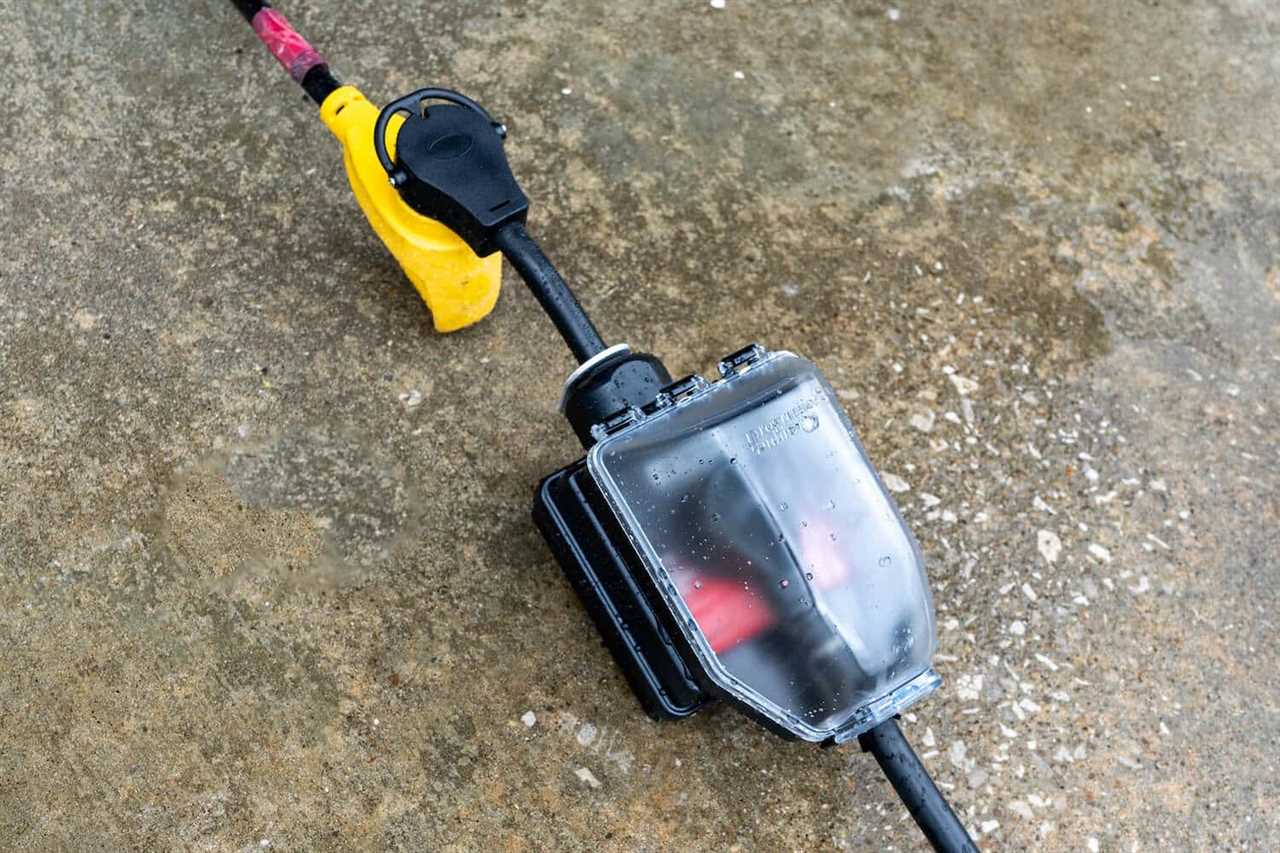
Photo by Camping World
Water is one of your surge protector’s biggest enemies. That’s why it’s a good idea to look for a model with a plastic guard covering the female receptacle. In most cases, the male end will be protected by the cover on the electrical stand.
But with cheaper surge protectors, the female end where you plug in your RV’s power cord remains exposed to the elements. This exposes that connection point to possible water damage, especially if you camp in rainy or humid environments.
Display
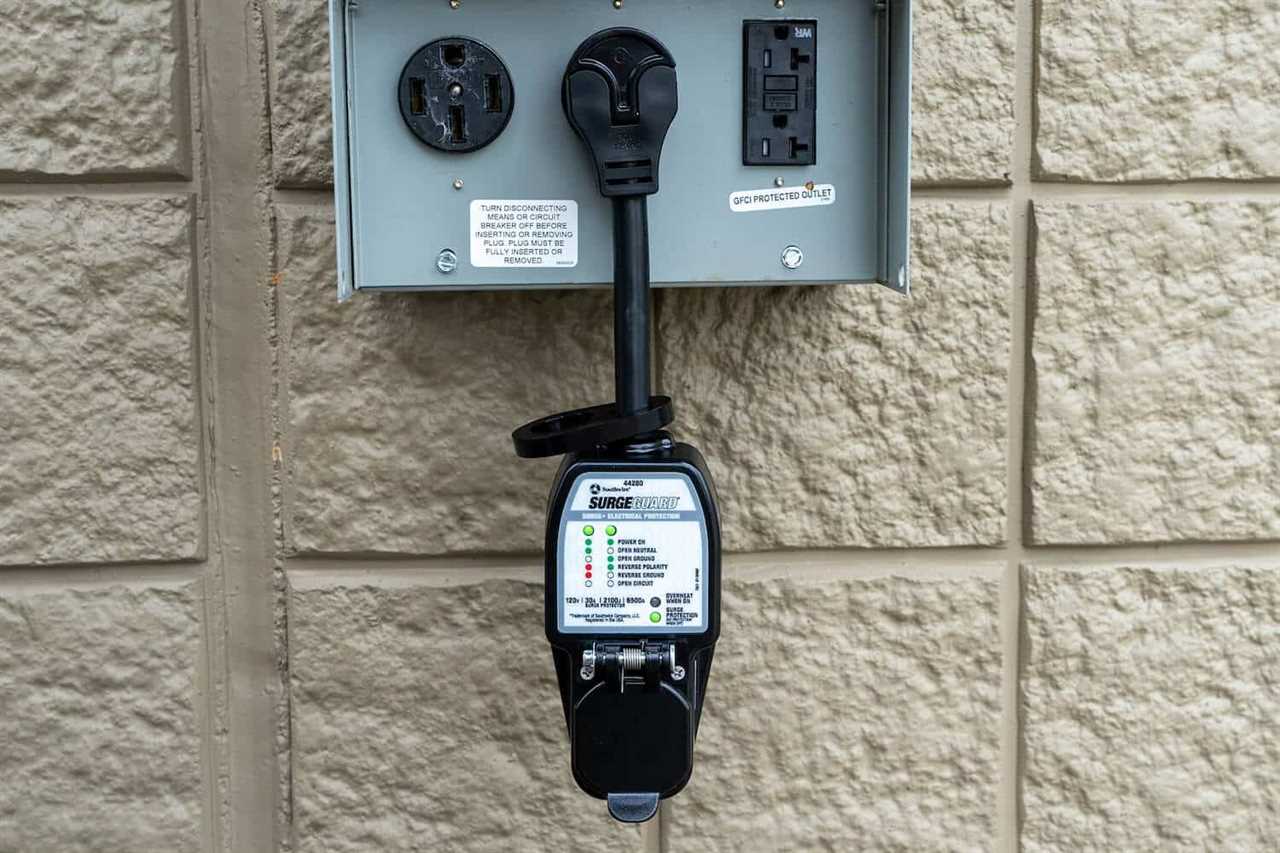
Photo by Camping World
Basic surge protectors are designed with small display lights. These lights will alert you to the status of your power connection. Depending on the number and color of the lights displayed, you’ll be able to tell whether you have healthy power, no power, or issues like open neutrals and reverse polarity.
More complex models offer an LED display that indicates battery voltage while also displaying the status of the connection. Some of these models even include Bluetooth technology that allows you to monitor your electrical connection from a computer or smartphone.
As you’d anticipate, the complex models are more expensive than average surge protectors. But if you’re a full-time RVer that moves around a lot and you’re familiar with the basics of electrical circuits, the investment can be worth it, as it’ll give you more info when you need to troubleshoot RV electrical issues.
How Often Should You Replace a Surge Protector?
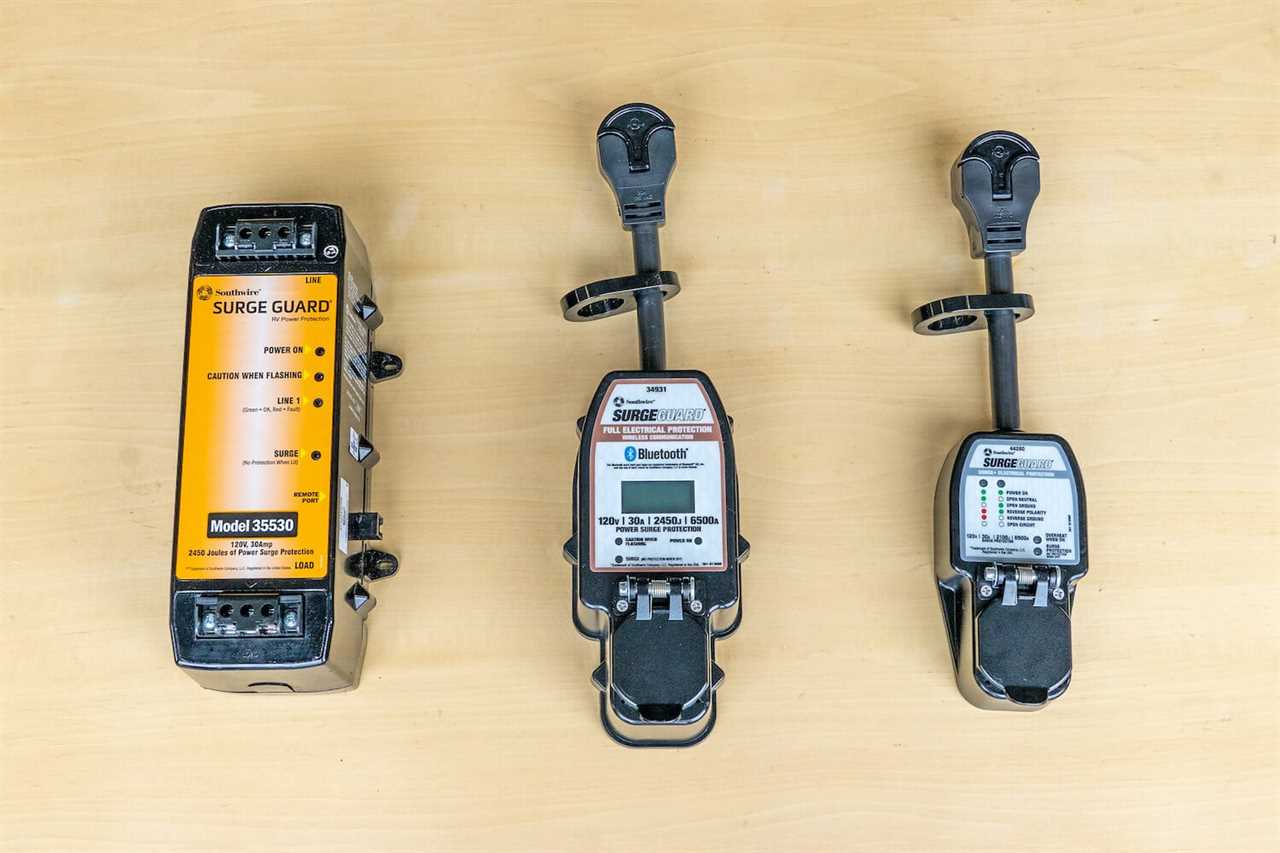
Photo by Camping World
Surge protectors are designed to last 3-5 years. Here are a few signs that it might be time to replace your surge protector, even if it’s newer than three years old:
- Wiring has become exposed.
- LEDs stop working.
- Prongs are bent, damaged, or missing.
- It has sustained water damage.
The components inside a surge protector are designed to redirect and suppress dangerous electrical currents. Over time, these components wear down, leaving your RV susceptible to electrical damage. Test and replace your surge protector every 3-5 years to ensure safe voltage protection.
Best Selling RV Surge Protectors from Camping World
Progressive Industries, Southwire Surge Guards, and Hughes Autoformer are some of the leading brands in this category. Here are a few of the top-selling surge guards:
Southwire 30-Amp and 50-Amp Surge Protectors
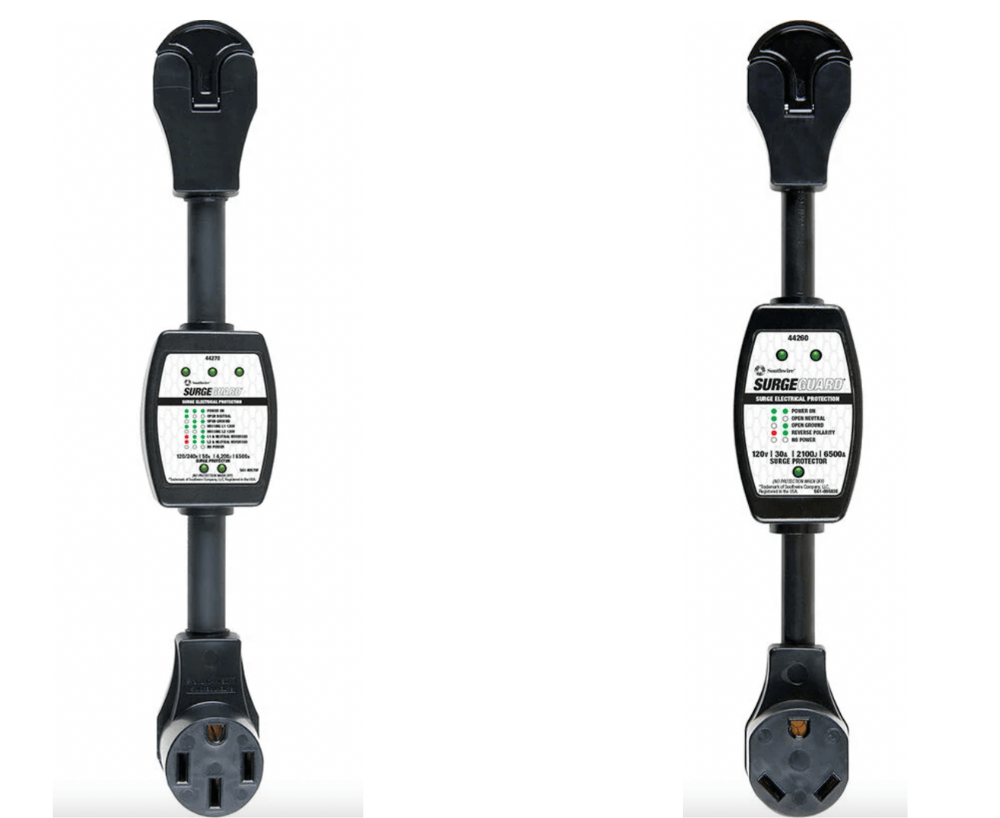
Photo by Camping World
These surge protectors are affordable options for weekenders and part-time RVers. They are easy to use and prevent faulty power sources from damaging your RV’s sensitive electronics. Indicator lights on the units tell you whether you have power, no power, an open ground, open neutral, or reverse polarity.
Check out the 30-amp model or shop for the 50-amp surge protector at Camping World.
Progressive Industries EMS-PT30X and EMS-PT50X
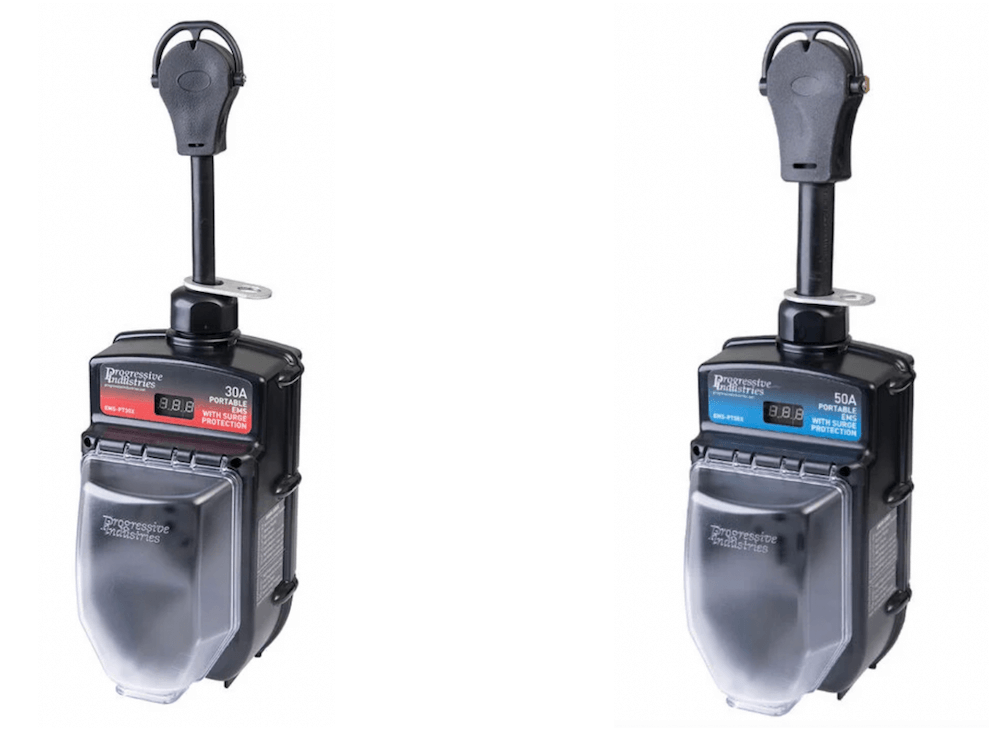
Photo by Camping World
Stepping things up, Progressive Industries technically labels their 30 and 50-amp surge protectors as electrical management systems (EMS). That’s because they provide additional features like built-in digital scrolling displays and the ability to pull up previous error codes when troubleshooting.
These EMS models protect against power surges, voltage fluctuations, and faulty pedestal wiring. They’ll provide protection if you accidentally plug into a 240-volt outlet and alert you to issues like open ground, open neutrals, and reverse polarity.
Find more details on the 30-amp EMS or learn more about the 50-amp model.
Electric, water, and sewer are three of your RV’s essential systems. Do your best to safeguard your electrical system and RV appliances by investing in a quality surge protector. And if you’re still learning the ins and outs of RV maintenance, check out our downloadable RV ownership and maintenance booklet!
What other questions do you have about selecting the right surge protector for your RV? Ask away in the comments below.
By: Tucker Ballister
Title: How to Choose an RV Surge Protector
Sourced From: blog.campingworld.com/rv-basics/how-to-choose-an-rv-surge-protector/
Published Date: Thu, 04 Aug 2022 14:00:26 +0000
---------------------------------------------
Did you miss our previous article...
https://outdoorsnewswire.com/camping/34-new-good-sam-parks-lead-the-way-to-value-and-savings
 CampingSurvivalistHuntingFishingExploringHikingPrivacy PolicyTerms And Conditions
CampingSurvivalistHuntingFishingExploringHikingPrivacy PolicyTerms And Conditions
